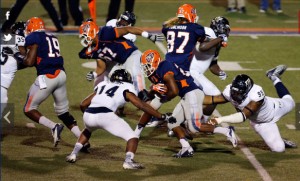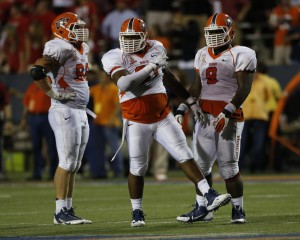Concussions bedevil sports, but today they are taken seriously
|
EL PASO — Any athlete can suffer some type of brain injury in a game or in practice during a career especially in the very competitive college and pro sports. Most athletes get concussions, but they are usually unaware of the injury, so they continue to play. But today, any symptoms are taken very seriously by trainers and coaches to make sure that their players are safe. Some symptoms that should be flagged right away are headaches, fuzzy or blurry vision, nausea and vomiting, dizziness, sensitivity to light or noise, balance problems, or fatigue lack of energy to do anything. Other symptoms include emotional problems such as easily getting upset, sad, nervous or anxious.


